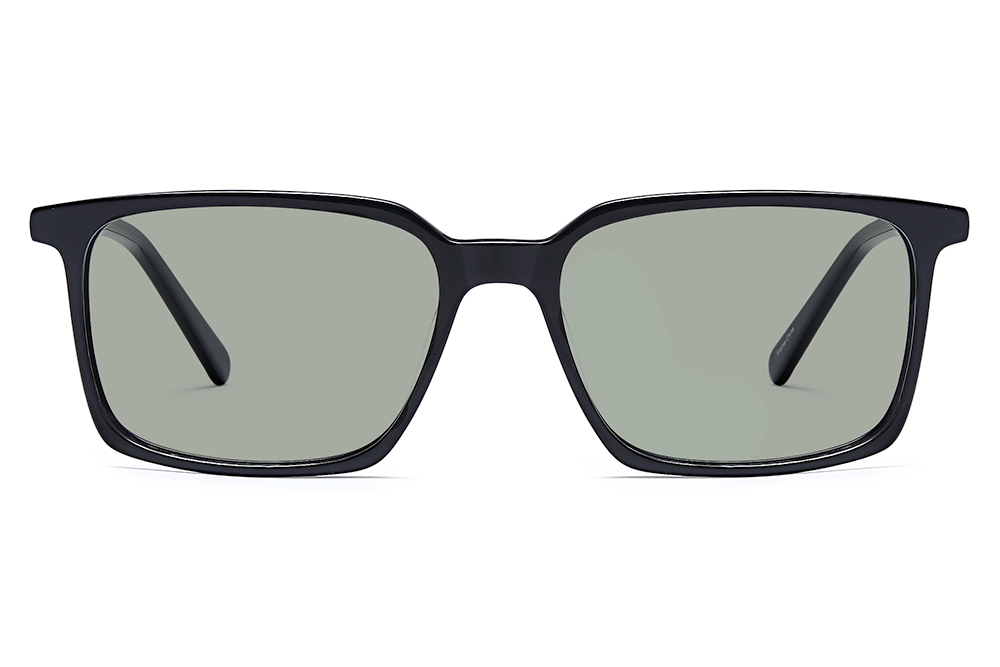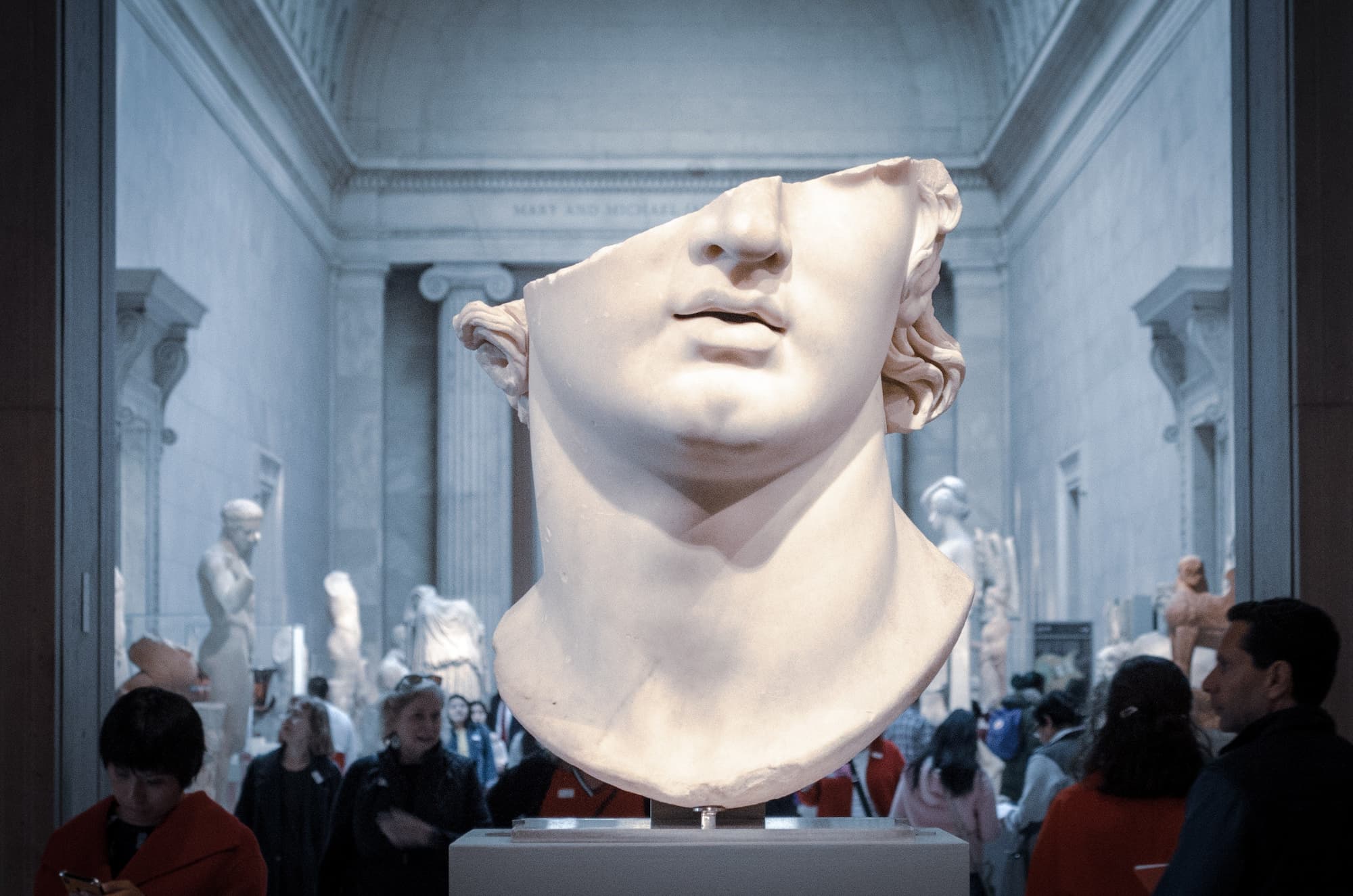The Importance and Impact of Light Sensitivity
Light sensitivity, also known as photophobia, is one of the most common symptoms experienced by individuals who suffer from migraine. They are experienced by 80% of migraine sufferers, though some studies have estimated that the percentage may even be higher1. It is so common, in fact, that The International Classification of Headache Disorders actually considers light sensitivity by itself as one of the criteria for diagnosing migraine headaches2. It is a well known fact that one of the first things that migraine sufferers do when a migraine attack triggers, is to seek out a dark room, as light sensitivity may well be their most disabling symptom1. It should also be noted that while there are other common causes of photophobia, such as traumatic brain injury, post-concussion syndrome, dry eyes, conjunctivitis, uveitis, iritis, corneal abrasion, or meningitis. Migraine is still, by far, the most common cause of light sensitivity3.
Interestingly, light sensitivity can occur in migraine both during active attacks, as well as, between attacks when a migraine headache pain may not even be present4. Thus, its role as an independent symptom causing disability in migraineurs that must be treated is clear. Other important factors to note regarding this symptom is that light sensitivity actually tends to increase with increasing light exposure5. Thus, an individual with light sensitivity, will likely find this symptom worsening if, for example, they are forced to stare at a computer screen while having a migraine attack. This has become increasingly relevant in today’s society where the COVID pandemic has forced more and more workers to stay at home and interact in a virtual world. Lastly, and perhaps most importantly, not only is light sensitivity the most common non headache symptom in migraine sufferers, but up to 30-60% of migraine attacks are actually triggered by light or glare6.
The Diagnosis of Light Sensitivity
So how is light sensitivity (or light phobia, or fear of light) actually diagnosed? One would simply think that asking a migraine sufferer if he or she is bothered by light would be enough. Answering no to that question however, is not enough. It is recommended that a migraineur answer a specific questionnaire. Here is an example of one of those7.
- During your headache, do you feel a greater sense of glare or dazzle in your eyes than usual by bright lights Y/N
- During your headache, do flickering lights, glare, specific colors or high contrast striped patterns bother you or your eyes? Y/N
- During your headache, do you turn off the lights or draw a curtain to avoid bright conditions? Y/N
- During your headache, do you have to wear sunglasses even in normal sunlight? Y/N
- During your headache, do bright lights hurt your eyes? Y/N
- Is your headache worsened by bright lights? Y/N
- Is your headache triggered by bright lights? Y/N
- Do you have any of the above symptoms mentioned even during your headache-free interval? Y/N
As can be seen, sometimes light sensitivity in migraine individuals may be not be perfectly obvious at the outset.
Why Does Light Sensitivity Occur?
The pathway by which light sensitivity occurs in migraines relates directly to certain cells in the back of the retina known as photoreceptors. There are several different types of these cells including rods, cones, and a group of cells known as intrinsically photosensitive retinal ganglion cells (IPRGC). In this latter group are cells containing the photopigment melanopsin, and they specifically appear to be the mediators of light sensitivity. This particular cell type appears to be maximally sensitive to blue light and amber light, peaking in the 450nm-500nm and 570nm-600nm ranges of the light spectrum. Signals from these cells, when activated, appear to converge on certain areas in the brain known as thalamic trigeminovascular neurons which then transmit pain signals from the dura to the cortex of the brain during a migraine attack8. Other researchers have suggested that another part of the brain known as the limbic system may be involved9. Finally it appears that the actual chemical mediator for light sensitivity may be the protein peptide calcitonin gene-related peptide (CGRP), and this may explain how those drugs known as CGRP inhibitors may work in this regard10.
Light Sensitivity: Managing Light
Light sensitivity can be avoided in different ways. The most obvious modality works by preventing light from reaching those cells at the back of the eye responsible for causing this terrible symptom.
A precision optical filter that can absorb most of the wavelengths of light at both the 450nm-500nm and 570nm-600nm wavelengths would prevent those ganglion cells like the ones secreting melanopsin from being activated. This has the advantage of actually eliminating the offending light at its origin, but also being a non-invasive light management option that has no side effects or adverse reactions associated with it. The Avulux migraine & light sensitivity lens is a precision optical filter that can help manage light.
One pharmacologic treatment consists of those medications classified as CGRP inhibitors. They work by blocking those peptides suspected of having a role in the light sensitivity discomfort pathway11.
Conclusion
While light sensitivity has a huge impact amongst people with migraine, and is often the most debilitating symptom for them, there are effective light management tools in the market today.
References
1.) Laurell L Artto V Bendsten et al Premonitory symptoms in migraine: A cross-sectional study in 2714 persons. Cephalgia 2016 Sep;36(10):951-9 https://pubmed.ncbi.nlm.nih.gov/26643378/
2.) The International Classification of Headache Disorders, 3rd edition. Cephalgia, 2013, 33(9): 629-808 https://pubmed.ncbi.nlm.nih.gov/23771276/
3.) Lipton RB, Dodick D, Sadovsky R, Kolodner K, Endicott J, Hettiarachchi J, Harrison W. A self-administered screener for migraine in primary care: The ID Migraine validation study. Neurology. 2003;61:375–382.https://pubmed.ncbi.nlm.nih.gov/12913201/
4.) Drummond PD, Woodhouse A. Painful stimulation of the forehead increases photophobia in migraine sufferers. Cephalalgia. 1993;13:321–324.https://pubmed.ncbi.nlm.nih.gov/8242724/
5.) Cephalalgia. 1997;17:733–741. Vanagaite J, Pareja JA, Storen O, White LR, Sand T, Stovner LJ. Light-induced discomfort and pain in migraine.https://pubmed.ncbi.nlm.nih.gov/9399002/
6.) Vincent AJ, Spierings EL, Messinger HB. A controlled study of visual symptoms and eye strain factors in chronic headache. Headache. 1989;29:523–527.https://pubmed.ncbi.nlm.nih.gov/2793458/
7.) Evans RW, Seifert T, Kailasam J, et al. The use of questions to determine the presence of photophobia and phonophobia during migraine. Headache. 2008;48(3):395–7.https://pubmed.ncbi.nlm.nih.gov/17868350/
8.) Hattar S, Lucas RJ, N, Thompson S, Douglas RH, Hankins MW, et al. . Melanopsin and rod-cone photoreceptive systems account for all major accessory visual functions in mice . Nature 2003. ; 424 : 76 – 81 https://pubmed.ncbi.nlm.nih.gov/12808468/
9.) Ahn AH, Brennan KC. Unanswered questions in headache: so what is photophobia, anyway? Headache. 2013;53(10):1673–4.https://pubmed.ncbi.nlm.nih.gov/24111735/
10.) Rossi HL, Recober A. Photophobia in primary headaches. Headache. 2015;55(4):600–4. https://pubmed.ncbi.nlm.nih.gov/25790126/
11.) Edvinsson L, Villalon CM, MaassenVanDenBrink A. Basic mechanisms of migraine and its acute treatment. Pharmacol Ther. 2012;136(3):319–33. https://pubmed.ncbi.nlm.nih.gov/22939884/













